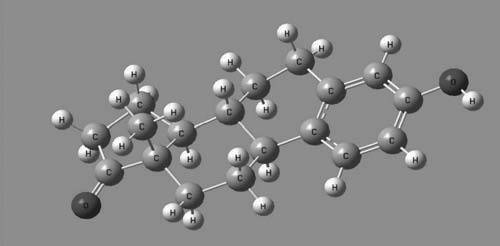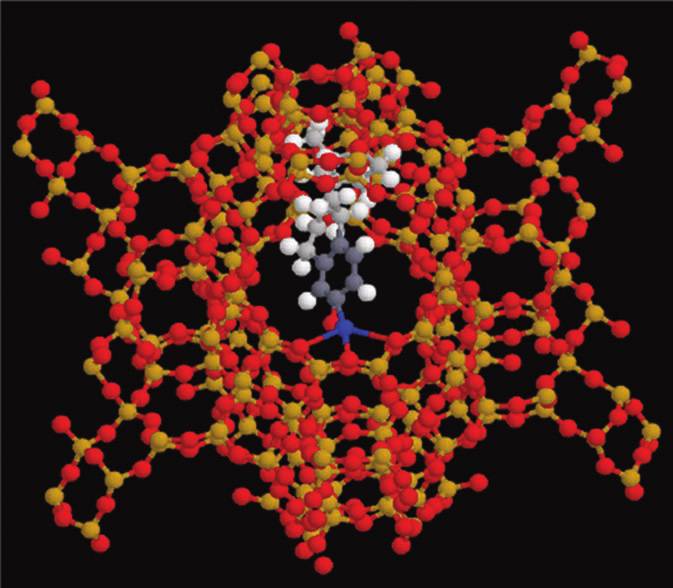Microsoft word - policytable ofcontent.mrcwpd
POLICY & PROCEDURE TABLE OF CONTENTS UTILIZATION MANAGEMENT Day Surgery Pre-Authorization Delivery & Length of Stay Emergency Admissions Inpatient Transfer Home Visit For 1 Day OB Stay Elective & Non-Emergency Admissions Prior Day Admissions Psychiatric & AODA Admissions CT, MRI Prior Authorizations PT, OT, & ST Prior Authorizations


